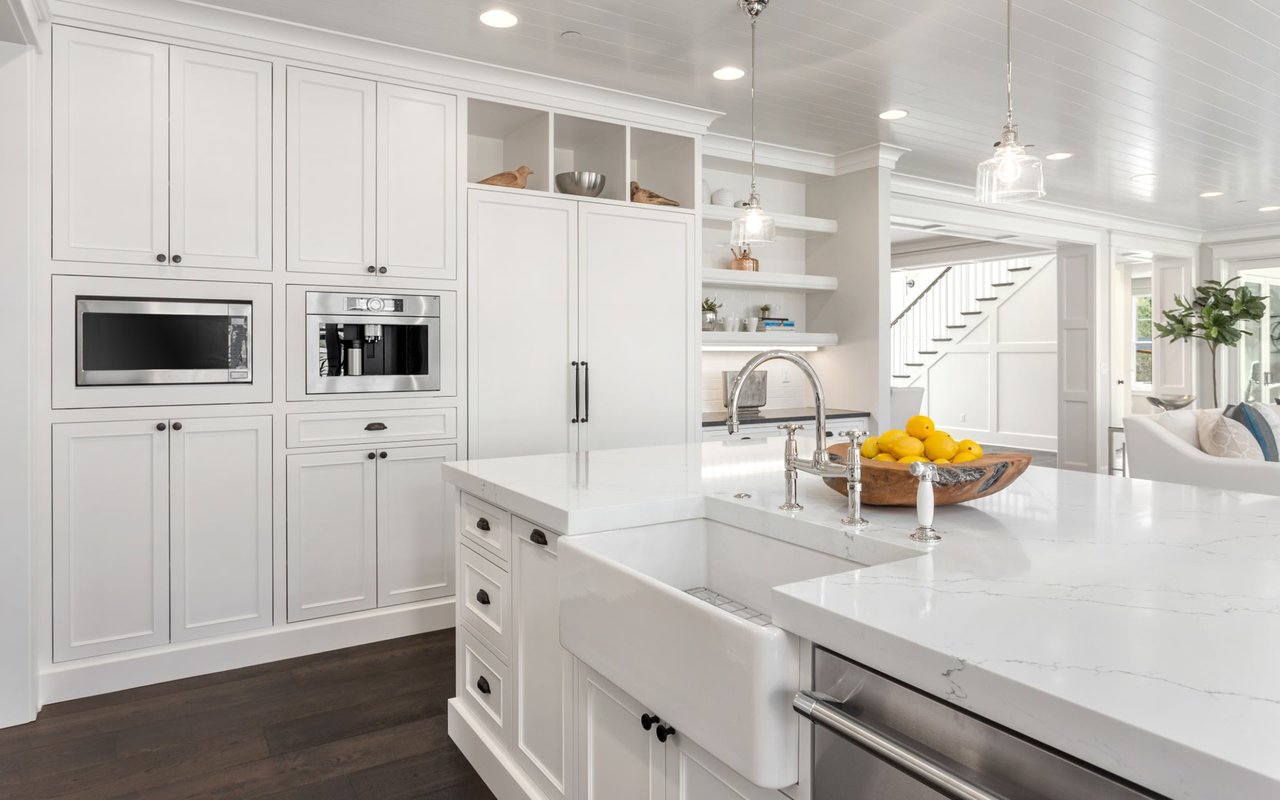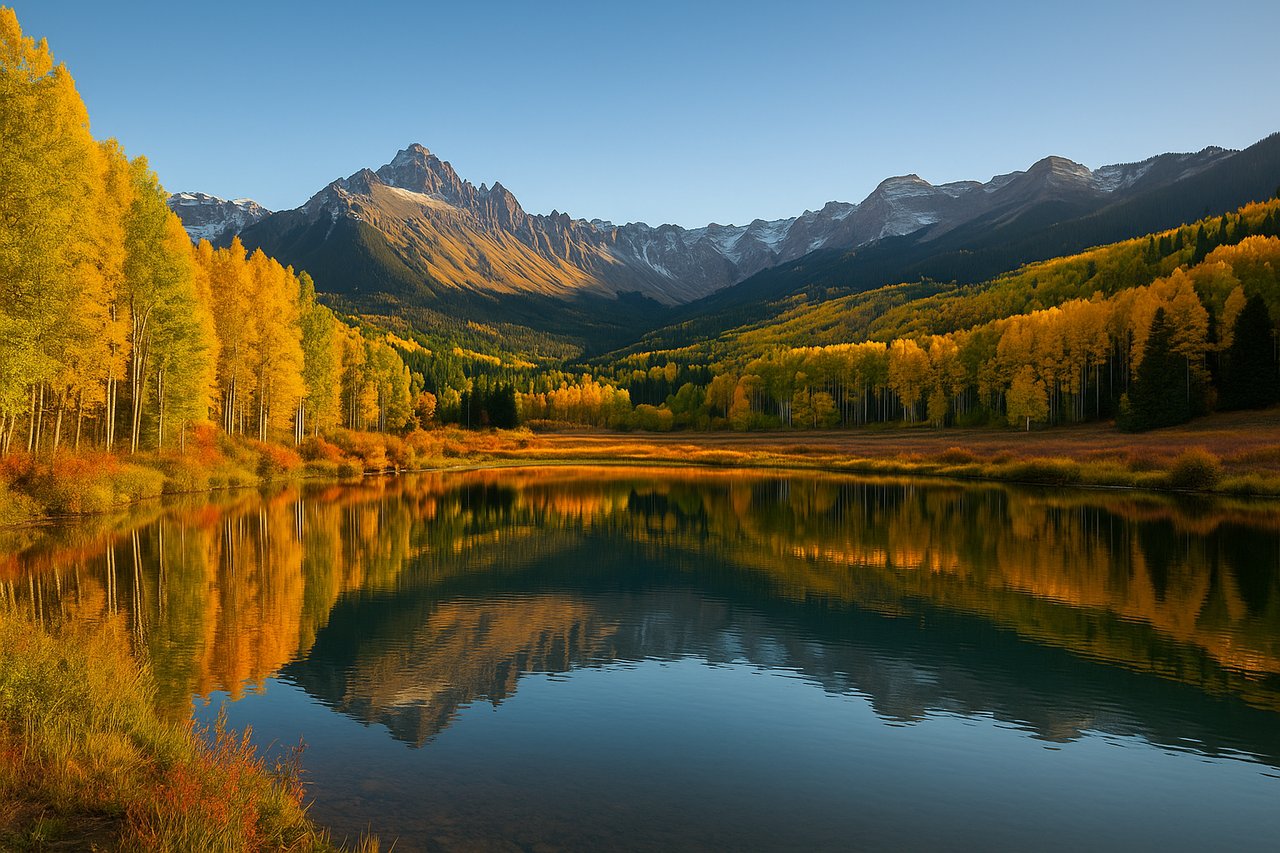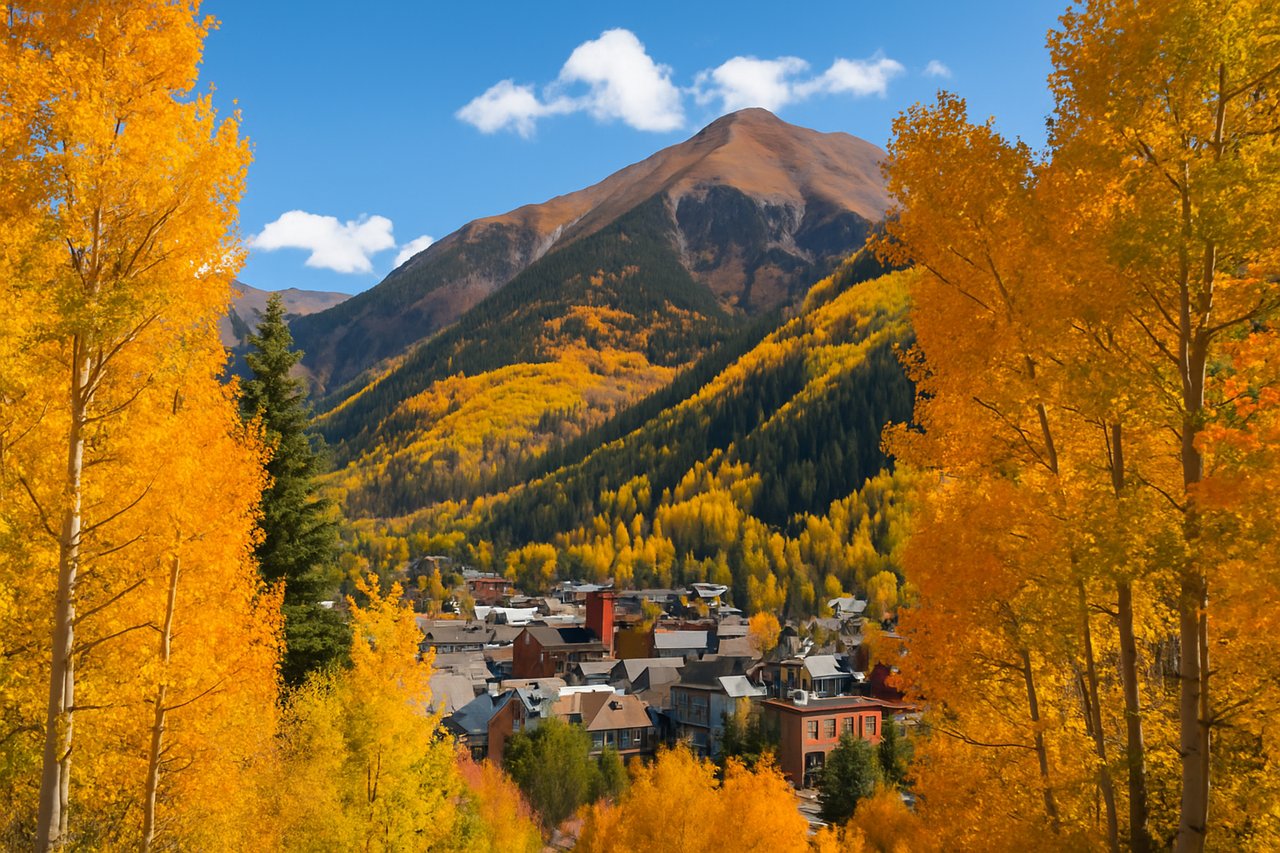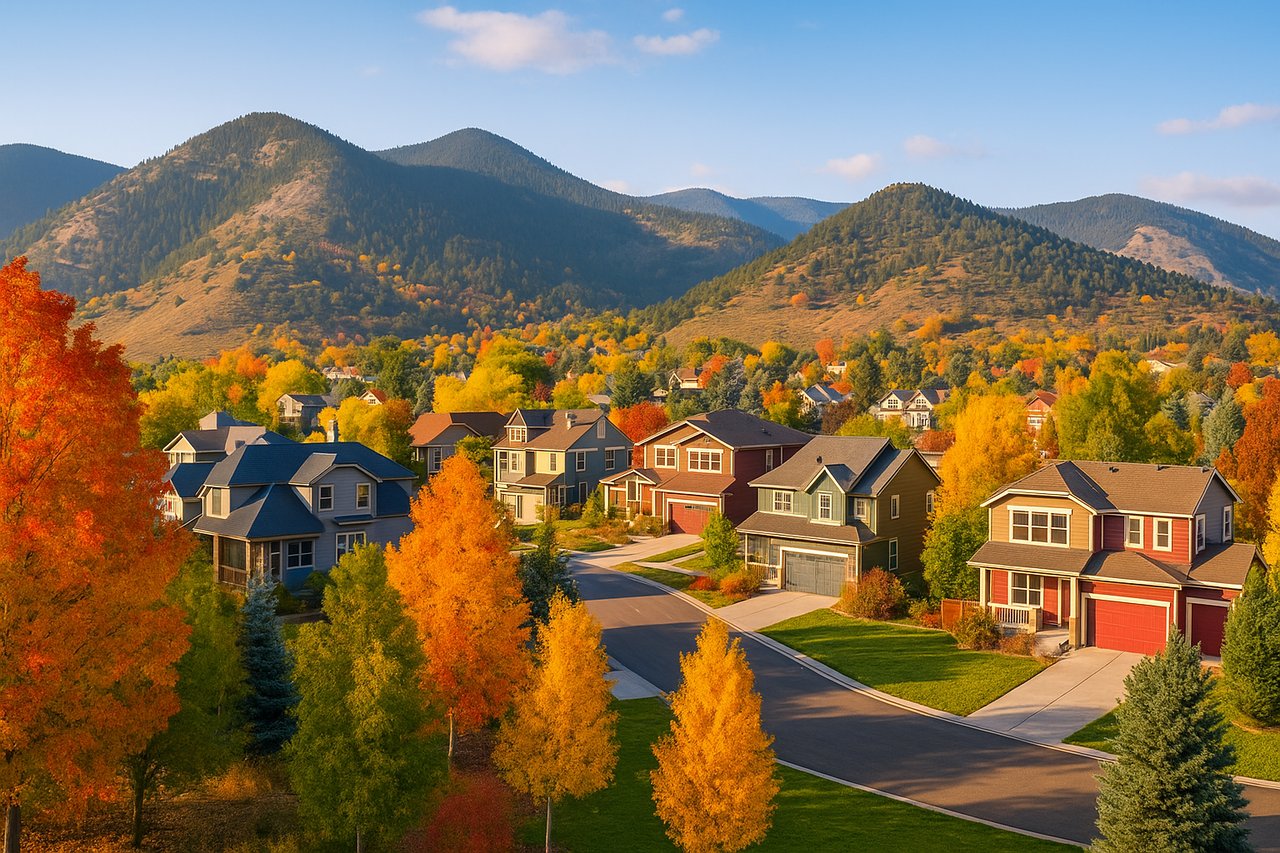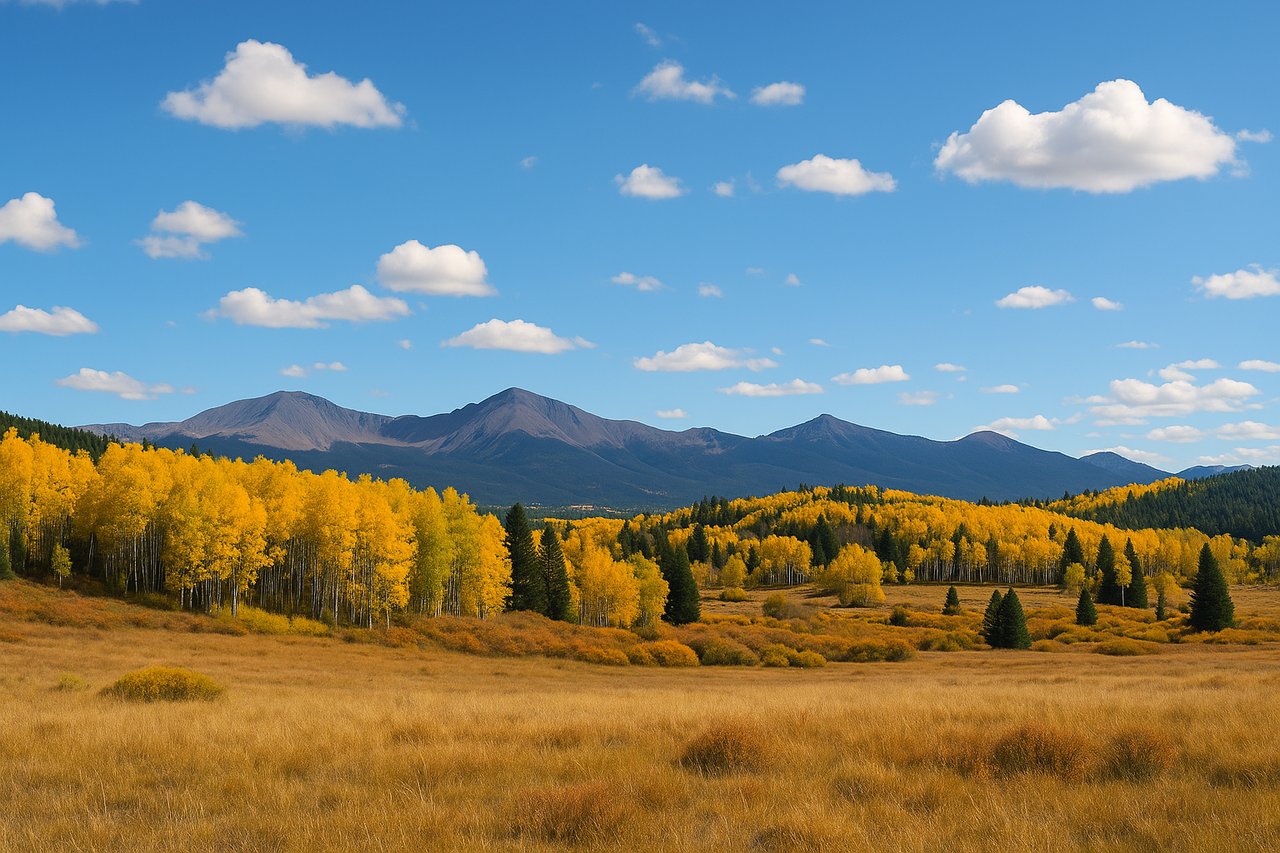Before you even think about buying a piece of land in the mountains to build your dream home on, there are a few things you need to know. Building a house on a mountain is much different than building a house on flat land. This post is a step-by-step guide to what you need to do before you start looking at potential properties.
I get it, how hard can it be, right? You simply find a piece of land and plop a sweet mountain home on it. This may sound easy enough, but there are a lot of things that go into making that dream a reality. I hope this helps you avoid some of the common mistakes we see people make when they decide to build in the mountains.
Step 1: Thinking and Research
Find an architect and/or a builder. Figure out what kind of home you are wanting to build, including the number of bedrooms and bathrooms. It’s important to know what your must-haves are for your new home and what you’re willing to compromise on. Getting the actual blueprints drawn up of what you’re looking to construct is a great place to start.
Once you have the blueprints, you can start scouring the map for where the property that will suit your new home should be located. The location can be determined by many things; the size of the house, the size of the well and septic system needed, what you intend to do with the land surrounding your house, etc. Many people start this process with the idea that they need 10 acres of land. The question I have to ask, is “What do you plan to do with those 10 acres?”
Do you plan to plant crops, or have a large greenhouse? Then, you need a large piece of flat land. If you’re simply looking for privacy and to be away from your neighbors, you can usually achieve this with 5 acres or less but be on a slope.
Are you wanting to have livestock like horses? Some areas do not allow you to put up fencing around your property. This would be a big issue if you found this out after you purchased that land. These are all things that a great real estate agent (like myself) who knows the area would be able to help you with and make sure you are getting exactly what you want.
What you need to know:
- What is the purpose of the land you are purchasing?
- How many useable acres are you needing?
- Style of home you are wanting to build.
- How are you going to get home? (Access)
Once you have all of the puzzle pieces of your dream home together, you can start to be intentional with your search. You will become a sniper of the real estate world and know what type of properties are going to work for you, while easily eliminating those that won’t. In the end, it will ultimately save you time and headaches if you figure these things out first.
Step 2: Planning and Cost
This is always the first question people ask me. “How much is it going to cost?” The truth is that great land in the mountains is not cheap. Especially if you’re looking for something that has the best views.
My first recommendation when you see a listed property online is to pull up the topographical aerial view. Just because a property sounds great in writing and has the ideal amount of acreage for you, it might be your home-building nightmare. If the listing states there are 7 acres, the topography may tell us that only 1 acre is useable and the other 6 are straight up the side of a hill. This can speed up your property search as it can quickly eliminate those listings.
The next thing to consider is going to be how accessible is that property. How far away from the main road is it? The distance from the main road will determine the amount of work and leveling required to create a driveway to your new home. The county will require you to get your driveway permitted and then signed off before you are allowed to break ground.
You will also need to get utilities to your new home and these things will all come with their fees. The more work to get your electricity in place, the more money it will cost you. You will also need a septic system and a well put in place. If there is an existing natural gas pipe to tie into you will have to get access to that. Otherwise, you will need one of those yard bomb propane tanks.
At this point, you may be 6 months into your “new” construction and you don’t even have a foundation poured yet. This can be very costly if you’re having to pay for 2 mortgages during this process. My goal for you is to avoid as many delays as possible and have a realistic timeline of when you can be sitting on your deck sipping morning coffee and watching the sunrise. Doesn’t that sound peaceful?
Let’s talk about money. The most surprising cost for my clients comes with getting a well and septic system on their new property. The size of the septic tank and the way it needs to be positioned based on the slope of the property can sway the costs drastically. But the most expensive part is going to be establishing that well.
First, you need to make sure that the parcel of land you are purchasing allows for a good permit. If you do have a permit to dig a well, you may be shocked by how much it costs to do it. Typically, you will be looking at $100/linear foot. The depth to get down to that aquafer is unknown but can be roughly estimated by comparing surrounding properties that have established wells. Keep in mind, there is a limit to how many times an aquafer can be accessed. The county regulates this as well so having the right people get you the information is crucial.
Situational Expenses:
-
Size and position of well or septic tank
-
Location of your home
-
The slope of the property
-
Size of your home
-
Establish a well
-
Securing permits
-
Tree removal
Privacy. One of the main reasons people move to the mountains is to get away from people. I get it. But, I want to assure you that you do not need 5 or more acres to achieve privacy. Since you are in the mountains, your house will be either slightly higher than or slightly lower than your neighbors. This is also much different than living in an urban development in that there are trees. The trees will provide plenty of privacy between you and your new neighbors and although you may be able to see their rooftop, you will not be able to see into their windows or what they are watching on Netflix.
If your new property is a heavily wooded area, you will need to have some of them cleared and removed to build your new home. This is an added expense that people don’t account for. The fire department has regulations that you need to abide by and you must clear the trees that are within 30 feet of your home.
The last thing to mention is that there are strict regulations for living on the property before the home is established. Some people have the idea that they can live in their tiny home or camper until the home is built, but the county will not allow you to permanently stay on that plot of land without the proper facilities. Usually at the bare minimum, you will need to have a well, septic tank, and electricity before “living” on that land.
Step 3: Taking Action
A general contractor is someone who will handle most if not all of what we have talked about so far. If you decide you want to go about this on your own, at the very least, you will need to talk to a home builder to see the styles of homes that are allowed on that land. The next step would be to contact a structural engineer to make sure that the home you intend to build is going to fit the slope on that land.
Finally, you will need to talk with an architect. The three of these together can make sure that the home you want will fit on the land you purchased. They will be able to identify what needs to be done to make your dream home a reality. This could mean excavating or filling in dirt. If it is possible, they will be able to give you your options.
Do not assume you can just buy a piece of land and then put a prefabbed home that you’ve seen online onto that property. Some counties don’t even allow prefabbed homes. Depending on where you’re located and what the topography is, you will need to have a home that meets those requirements.
Dreaming of a log cabin in the woods? These are fire hazards and are not allowed in some counties. It can also be very expensive to insure if you do find a county that allows it, so make sure you budget for that.
Building Your Home in the Mountains
Timeline and planning are a huge component of building your home in the mountains of Colorado. Your very first step should be to reach out to our team at Moxie. We are here to help you coordinate this process and make it as seamless as possible. Getting your ducks in a row so to speak.
To be honest, about 60-70% of people that start off looking to build in the mountains change their minds and end up purchasing an existing home due to all of these elements. Wherever your process leads you, we are ready to help you discover what is best for you and your family. So, give us a call today!
